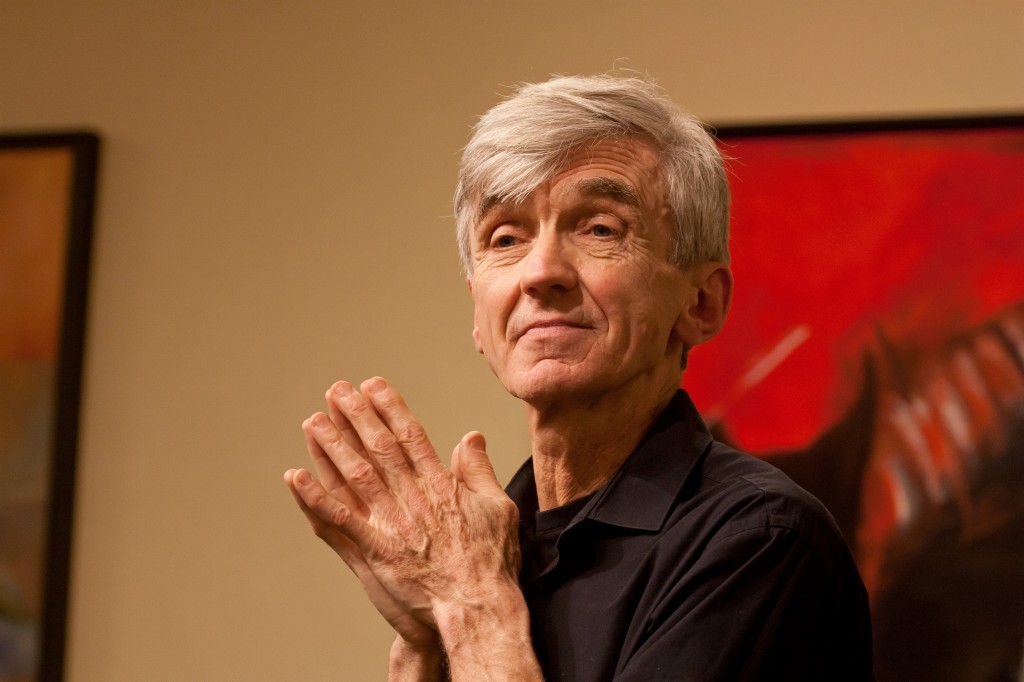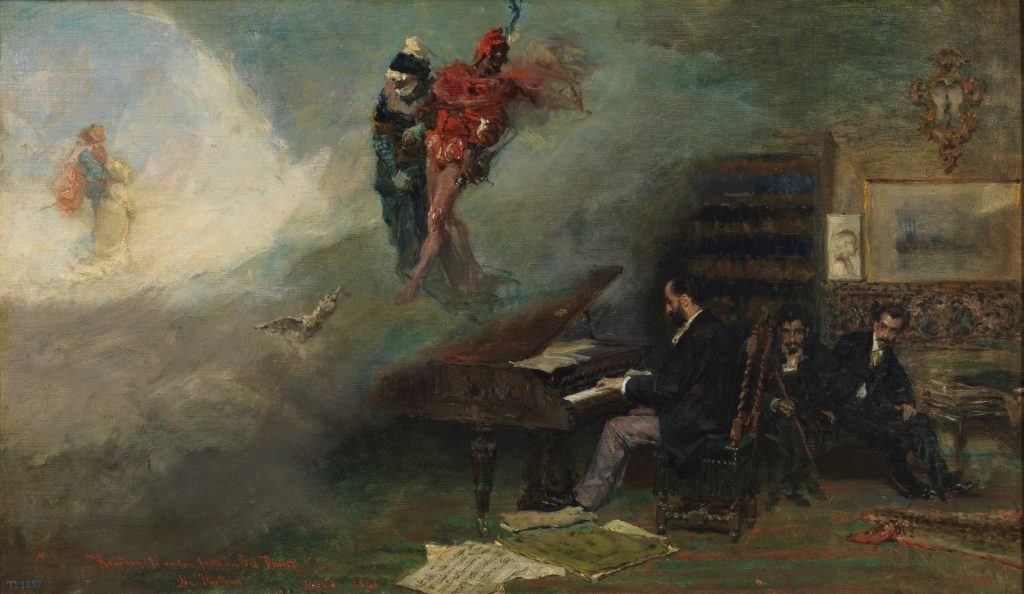
Franz Liszts stora Sonat i h-moll kommer i helgen att framföras på Konstakademien i Stockholm samt i Flen av pianisten och författaren Paul Roberts. Sonaten är ett av flera av Liszts verk som Paul Roberts avhandlar i sin kommande bok, Reading Liszt, en bok som vidgar horisonten bortom de tekniska problem som många pianister kämpar med, och istället fokuserar på de litterära inspirationer som kompositören byggde många av sina verk på.
Kom i stämning inför konserten med hjälp av Paul Roberts programkommentar:
It is in fact dedicated to Schumann, who at that time was suffering his final mental and physical illness. It is highly unlikely Schumann ever heard it or even saw the score, as Liszt first sent the work to his wife Clara. She found it incomprehensible, ‘only blind noise,’ as she confided to her diary, ‘not a single healthy thought, everything confused, a clear harmonic progression no longer to be found.’ It is easy to be amused now by such reactions – not uncommon in the face of originality – but the difficulties Liszt’s contemporaries had to face in this work would have been extreme.
It demands a concentration from the listener, over a 30 minute single movement, out of all proportion to the expectations aroused by the title ‘Sonata’. The first listeners would have been hard pressed to discern the extraordinary feat, and precision, of a structure that manages to combine four movements in one, and at the same time to superimpose over the whole the fundamental outlines of sonata form: introduction, exposition, development, recapitulation and coda. And this architecture holds within itself a complexity of musical styles that would also have been bewildering, ranging from intimate spirituality to thunderous bravura, from dolce espressivo to grandioso, from recitative to aria, from prelude to fugue.
Harmonically it exploits a chromatically shifting structure which had far reaching consequences for the future – notably for Wagner but also for the music of the 20th century – while displaying a titanic rhythmic strength and an unparalleled intensity of expression. One can sympathise with Clara Schumann’s confusion and her inability to follow the harmonic progressions, while at the same time wondering by what criteria she judged a ‘healthy thought’.
The foregrounding of angular diminished 7ths and tritones would certainly have challenged decorum, if one wishes to hear music in these terms (commentators have found the demonic in this work, as well as the spiritual, and have speculated on a Faustian interpretation), and it is true that Liszt’s fulsomely dramatic manner can even today undermine one’s emotional equilibrium (as can Wagner’s).

Fantasy on Faust (1866) by Mariano Fortuny Yy Marsal, Copyright Museo Nacional del Prado
In our post Freudian world we might take Clara’s aversion as a sign of repressed attraction. We are used now to reading between the lines, to being alert to the unconscious sub-texts within language, and it is remarkable how much positive discernment is displayed in contemporary reactions that are purportedly dismissive.
A performance by Hans von Bulow, the first performer other than Liszt of the Sonata (whom Liszt coached for 4 years before his first performance), received the following critique from the formidably influential Eduard Hanslick, a bitter critic of everything Lisztian:
‘One must allow Liszt’s ‘Sonata’ the claim to fame, that the likes of it will not occur again in all of the musical literature. Every criticism, every discussion, ceases there. He who has heard it and finds it beautiful cannot be helped.’
We might add that the only crime against health here is Hanslick’s assumption that the female population were not to be included in musical appreciation.”
– Paul Roberts
Hör sonaten och följ med i Liszts manuskript:
Lördag 25 mars:
Pianomusik i Flen – Paul Roberts >>
Söndag 26 mars:
Pianomusik på Konstakademien – Paul Roberts >>
Måndag 27 mars:
Masterclass på Konstakademien med Paul Roberts >>